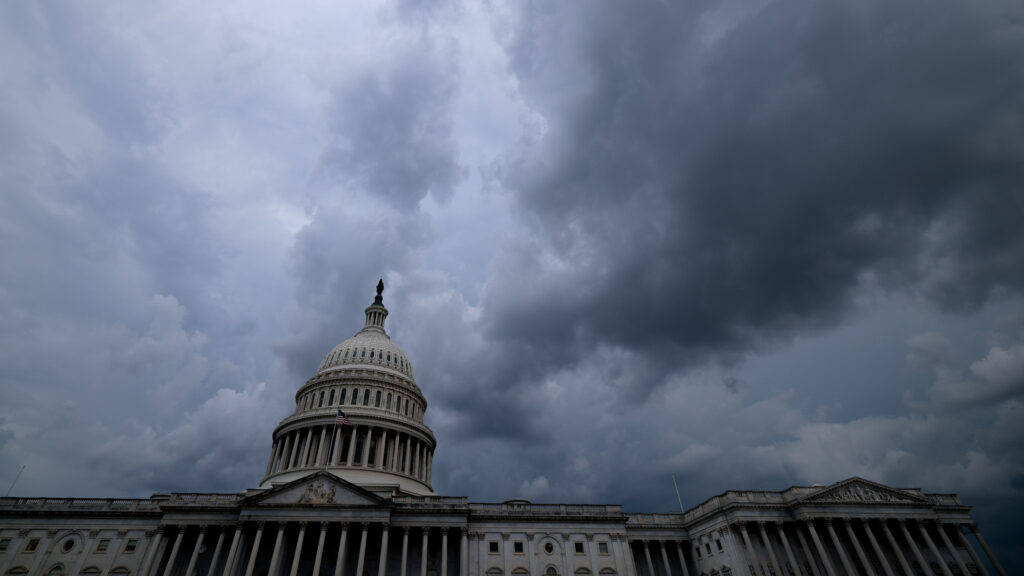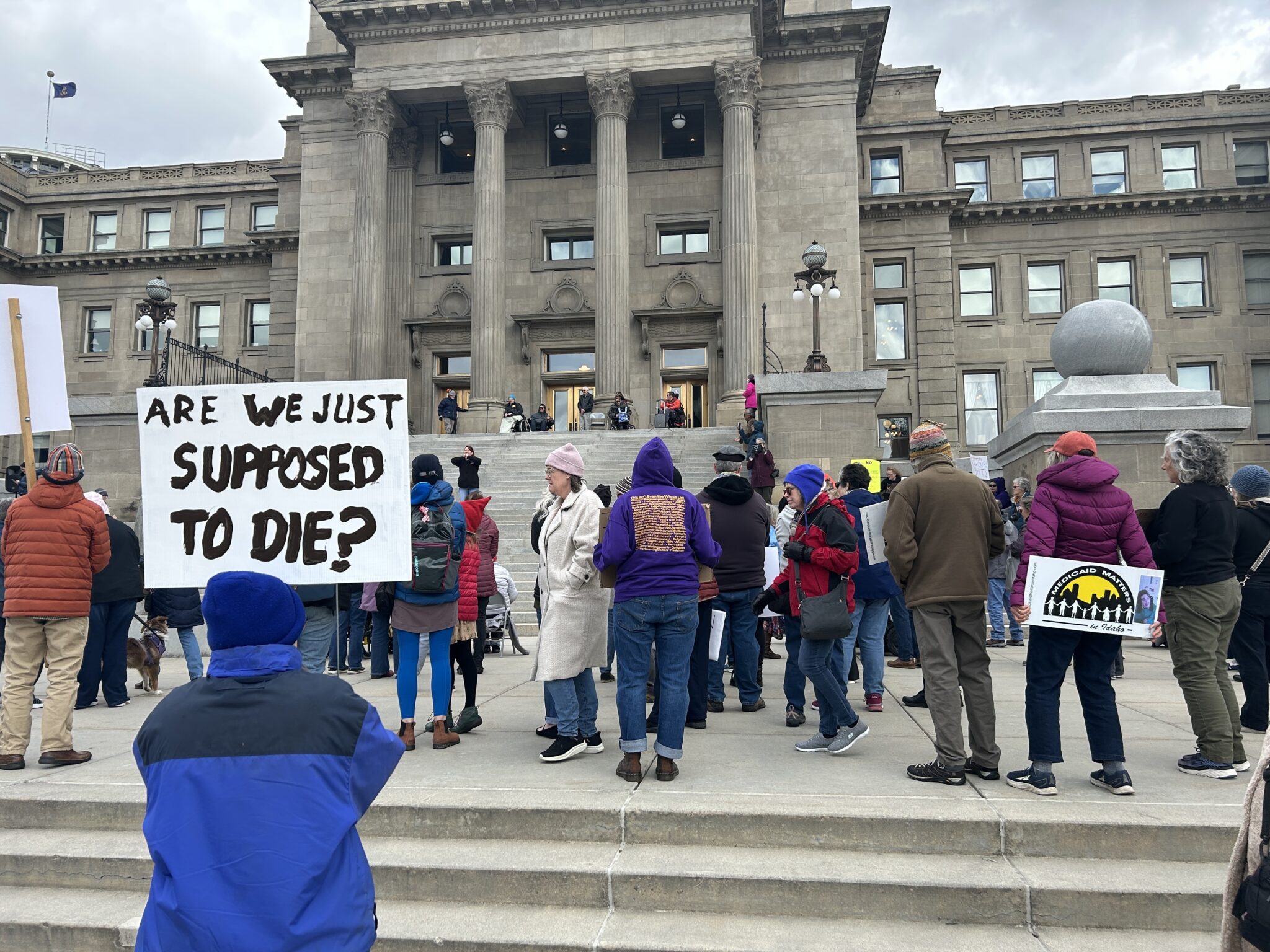
The tax reform legislation championed by former President Donald Trump has introduced sweeping changes to two of the United States’ key healthcare programs—Medicaid and the Affordable Care Act (ACA)—raising concerns among policy experts and healthcare advocates about the future of healthcare access for millions of Americans.
The bill, which combines tax reductions with a broader overhaul of government expenditures, implements deep cuts to Medicaid funding and changes critical provisions of the ACA. While its proponents describe the bill as a pro-growth initiative aimed at stimulating the economy and reducing the federal deficit, critics warn that the healthcare components of the legislation could lead to a loss of coverage for low-income individuals and increased financial strain on state governments.
One of the most significant changes involves capping federal Medicaid spending by allocating fixed amounts to states, replacing the current open-ended commitment. This shift could result in states having to cover any excess costs, potentially leading to reduced enrollment, benefits, or provider payments. The bill also allows states more flexibility to apply for waivers to implement work requirements and other eligibility criteria for Medicaid recipients.
In regard to the Affordable Care Act, the bill curtails several funding mechanisms and repeals individual mandate penalties, which may undermine the ACA’s insurance market stability. Such moves could lead to higher premiums and a decrease in the number of insured individuals, particularly among those not qualifying for subsidies.
Supporters argue that the legislation represents a necessary reform of federal programs that have grown unsustainable. They emphasize the importance of giving states more control over Medicaid and curbing federal spending.
However, health policy advocates and medical organizations have expressed serious concerns, warning that the restructuring could reverse progress in healthcare coverage made over the last decade, particularly among vulnerable populations such as children, the elderly, and individuals with disabilities.
As the implementation of the bill proceeds, its long-term effects on the healthcare system, state budgets, and patient outcomes will be closely watched by lawmakers, public health officials, and the American public.
Source: https:// – Courtesy of the original publisher.








